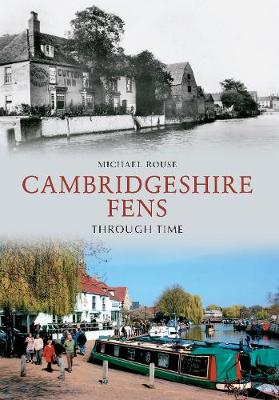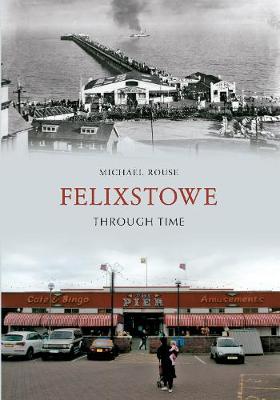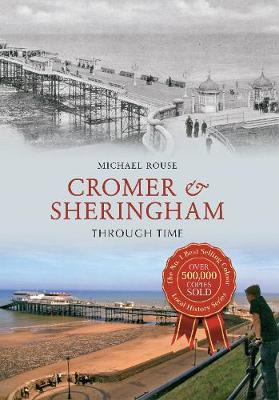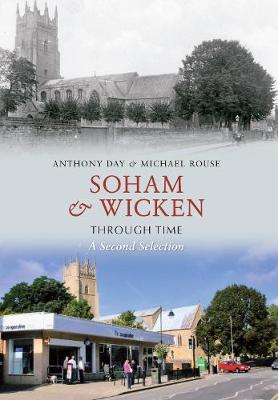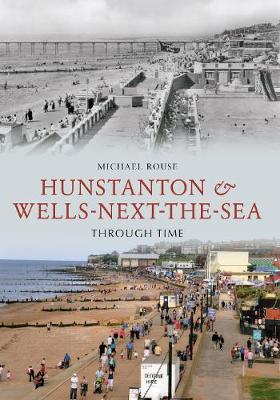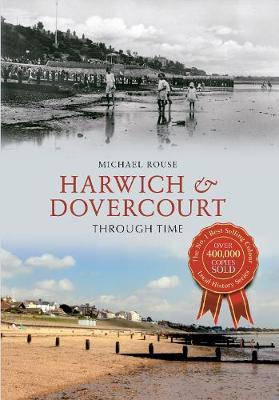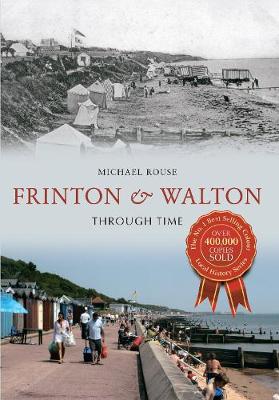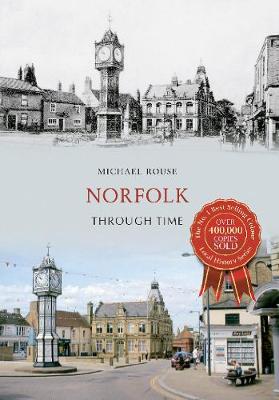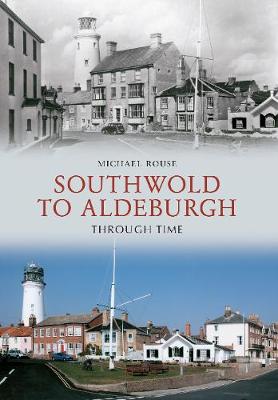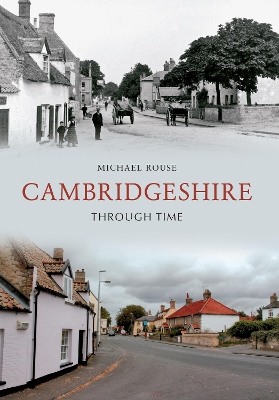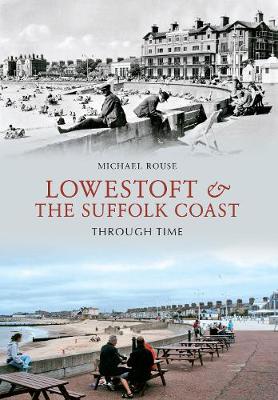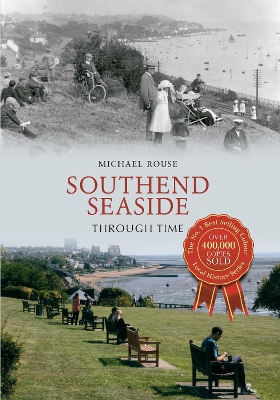Through Time
14 total works
Soham & Wicken Through Time A Second Selection
by Anthony Day and Michael Rouse
Historical sites, such as those in the centre of Norwich, and the miles of sandy beaches, receive many visitors throughout the year. Join local author Michael Rouse on a visual tour of this beautiful county, using old and new images to illustrate the changes that have taken place over the years. His carefully selected images will surprise and delight anyone who knows and loves this ancient and picturesque county.
There is something for everyone here, whether they have lived in the area all their lives, or whether they are just visiting these charming locations for the first time. Soham and Wicken Through Time also shows how photography has continually evolved to keep up with an ever changing society.
